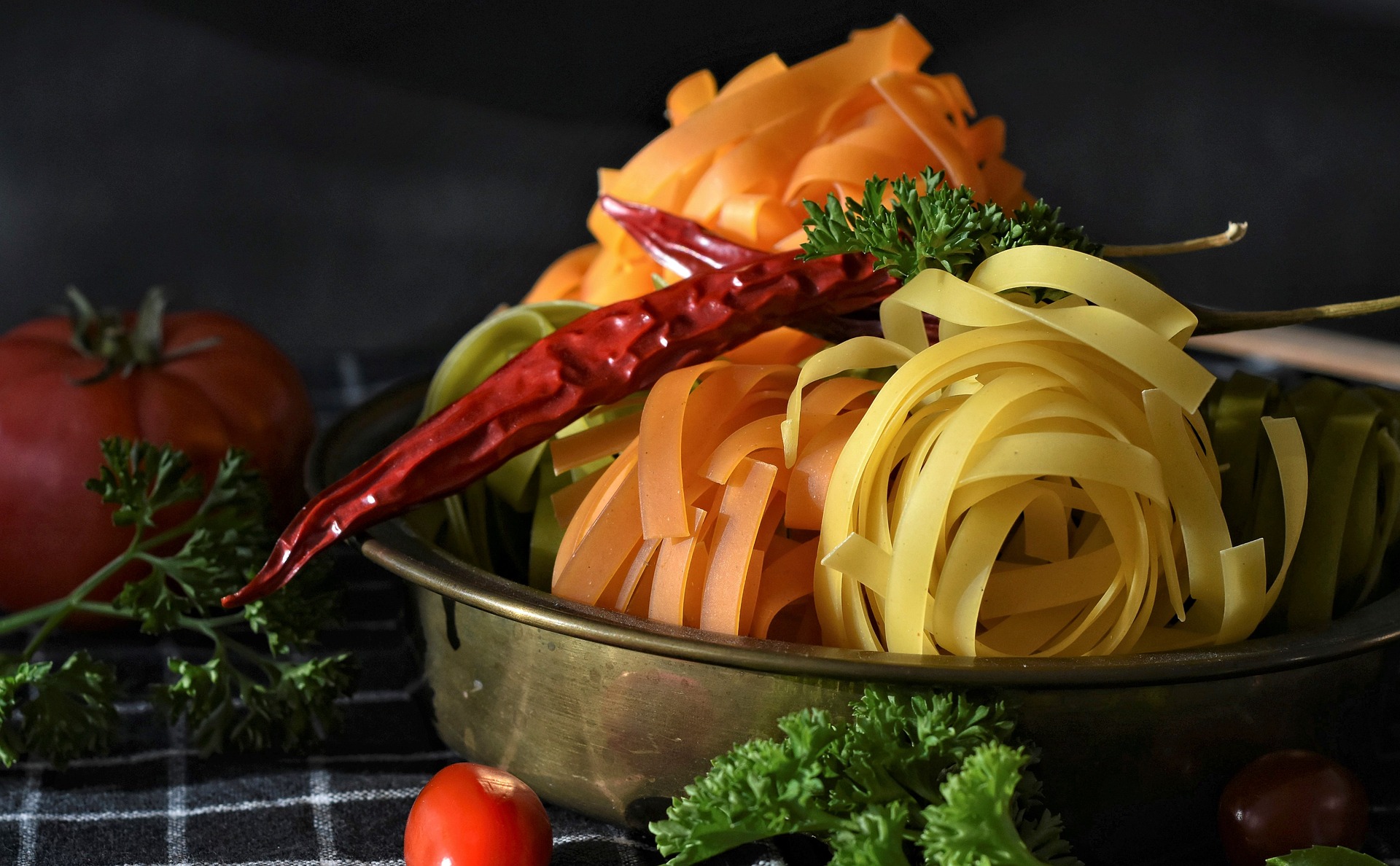The Art of Food Pairing: Elevating Your Culinary Experience
Delving into the art of food pairing opens up a world of culinary possibilities, where the right combination of flavors can elevate your dining experience to new heights. This article delves into the principles and techniques of food pairing, offering insights into creating harmonious dishes that delight the palate. Read below to unlock the secrets of mastering food pairing and transforming your meals into unforgettable gastronomic adventures.

Understanding the principles of food pairing involves more than matching flavors—it’s about complementing and contrasting elements to create balanced and memorable dishes. By combining ingredients that enhance each other’s flavors, textures, and aromas, you can create culinary masterpieces that leave a lasting impression on your guests.
Exploring Flavor Combinations: Creating Harmony on the Plate
The key to successful food pairing lies in understanding the relationships between different flavors and how they interact. Combining sweet and savory, tangy and rich, or spicy and subtle flavors can create dynamic dishes that stimulate the senses and evoke a sense of culinary adventure.
- Sweet and Savory: Pairing sweet ingredients like fruits or honey with savory elements like cheese or roasted meats can create a delightful contrast that balances richness with brightness.
- Tangy and Rich: Incorporating tangy components such as citrus or vinegar with rich foods like creamy sauces or buttery seafood enhances depth of flavor and adds complexity to the dish.
- Spicy and Subtle: Balancing spicy flavors from chili peppers or spices with subtle ingredients like rice or mild cheeses allows for a harmonious blend of heat and mildness that keeps the palate engaged.
Tips for Perfect Pairings: Techniques and Considerations
Achieving exceptional food pairings requires attention to detail and a willingness to experiment with different ingredients and techniques. Here are some tips to help you master the art of food pairing:
- Consider the Intensity: Match the intensity of flavors in both components of the dish to ensure one doesn’t overpower the other. A delicate fish might pair better with a light, citrusy sauce rather than a heavy, robust one.
- Contrast Textures: Combining contrasting textures, such as crispy and creamy or crunchy and smooth, adds interest and dimension to your dishes.
- Experiment with Seasonality: Use seasonal ingredients to take advantage of their peak flavors, ensuring freshness and enhancing the overall dining experience.
Innovative Pairings in Modern Cuisine: Trends and Examples
Modern chefs are constantly pushing the boundaries of traditional food pairing by experimenting with unconventional combinations and global influences. From Asian fusion dishes combining sweet and umami flavors to European-inspired plates that juxtapose earthy tones with bright accents, the possibilities are endless for those willing to explore and innovate.
Conclusion
Mastering the art of food pairing transforms mealtime into a journey of discovery and enjoyment. By understanding the principles of flavor interaction, experimenting with diverse ingredients, and embracing culinary creativity, you can elevate your dining experiences and create dishes that captivate the senses. Whether you’re hosting a dinner party or simply preparing a meal for yourself, incorporating thoughtful food pairing techniques enhances not only the taste but also the overall enjoyment of your culinary creations.




